Here is our annual forecast for 2019 Health and Wellness, Nutrition, and Diet trends in the United States, based on our analysis of Google Trends, Amazon Best Selling items and Keyword Search Tool (which claims to monitor searches on Amazon); we also base our prediction on market dynamics (innovation and product launches), surveys (by GlobalData’s panel) and sales data (IRI).
Main Themes
Looking at search trends in the USA from 2004 until today, we can see that consumer search for information related to calories has risen steadily, as did the interest in protein, whereas the keto diet has emerged seemingly out of nowhere, to surpass all other searches in 2018. We can see the start of the intermittent fasting trend.
Veganism is another long-term trend that began surging in late 2015.
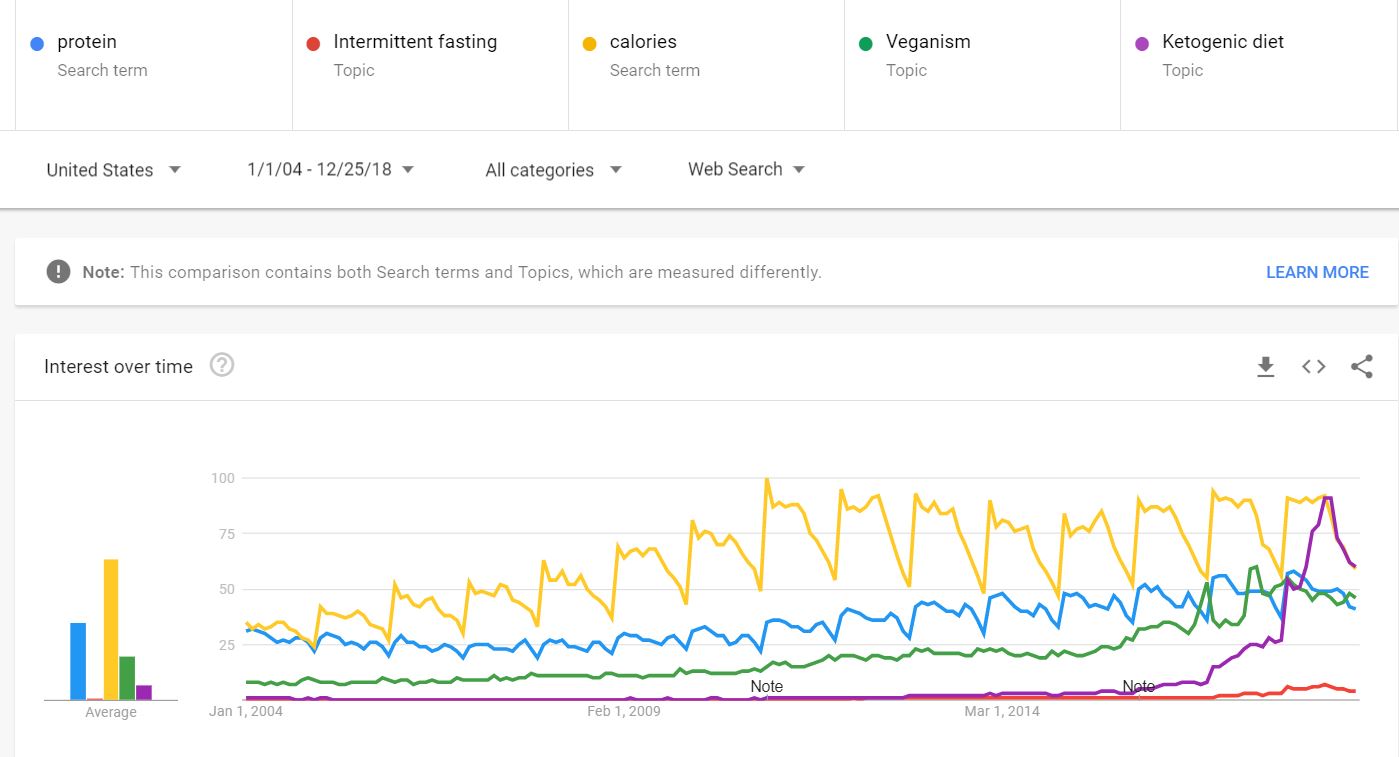
source: Google Trends
Which Protein?
already in Oct., 2013, we suggested that the conversation re protein will be around “which source of protein” rather than “how much”. Indeed, this is the biggest change in conversation. While we are all aware that plant-based is considered healthier than meat, note that many consumers are trying to consume more fish and seafood over meat – more so than those searching for plant-based protein (according to GlobalData). Dairy products experienced this change due to Greek yogurt (and afterwards, other types of yogurt) marketers successful market education.
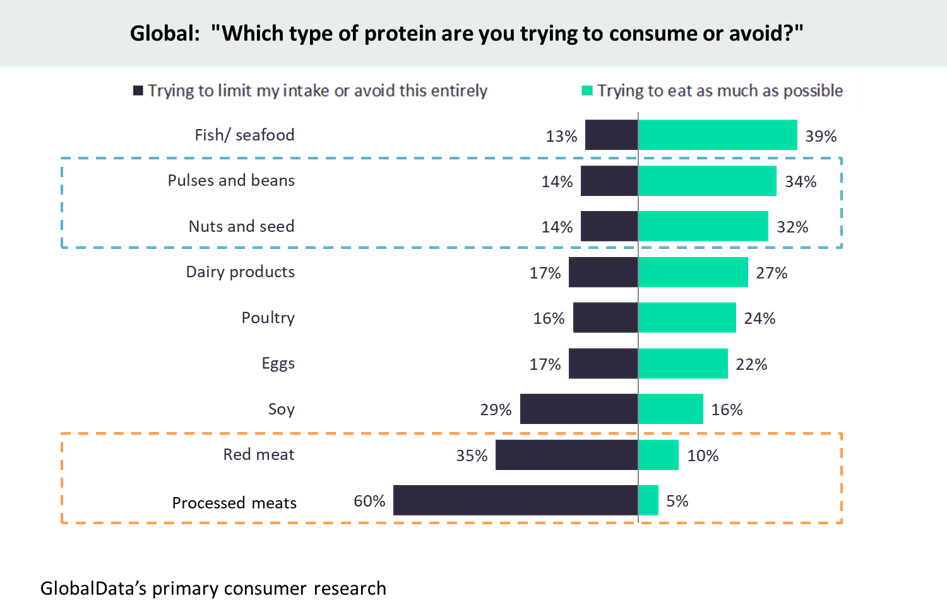
We therefore expect to see more innovation in seafood and fish, which will, in turn, create a wave of Pescetarianism.
As we mentioned in our 2018 Fancy Foods Report, there’s a huge rise in the interest in collagen in the last few years (we caught this one right before it took off, in 2014 – see our Sial Paris Report from back then).
Innovations:
Veganism
Plant-based isn’t a term consumers are searching for especially, but they are indeed looking to become “plant based” rather than “vegan”.
- consumers (notably Millennials and Gen Z), who believe that “living an ethical or sustainable lifestyle is somewhat, or very important to their feeling of wellbeing or wellness” (78% of female consumers, 74% of male consumers worldwide according to GlobalData, 2018) and are looking for more plant-based options even if they are not plant based – “Flexitarians”
- consumers wishing to avoid dairy and therefore looking for vegan (dairy free) options – these consumers increasingly perceive milk as unhealthy, due to lifestyle and nutrition plans, or their perception of milk’s negative contribution to gut health and bloating.
- manufacturers and retailers, offering more plant based options, along with food tech companies developing meatless meat, eggless eggs, and milkless milk, to accommodate the nutritional and indulgent needs of these Flexitarians.
Diving in deeper, as consumers adopt a more “natural” and “mindful” lifestyle, they paradoxically are less interested in “vegan” products. Thus, the search for vegan recipes and products has subsided in the last year (based on Keyword Search tool) but the search for vegan restaurants – perceived as more natural and healthier – increased. According to this data, total search volume containing “vegan” stood at 4.5 million, a -10% decrease in the last 12 months.
Innovations:
Gut Health
Already in June, 2017 we published a study claiming that Gut Health will become a huge nutritional motivation, and we established that on early indications such as the growth in awareness to the role of the microbiome in general wellness, with consumers’ increasing search for mental health, cognitive health, and bloat-free (or “leaky gut” free) life.
 Indeed, globally, consumers associate probiotics not only with digestive health (41%) but also with immune health (21%), general wellbeing (21%) according to a study by GlobalData.
Indeed, globally, consumers associate probiotics not only with digestive health (41%) but also with immune health (21%), general wellbeing (21%) according to a study by GlobalData.
Today, there is endless talk on this trend, and all major retailers and manufacturers agree that this is a major area for innovation.
Relevant trends include: Kombucha and “Gut Shots” entering mainstream; probiotics and prebiotics in food and beverages; inulin and other fiber incorporated into new categories; a steaming debate on legumes and lentils – gut friendly (PCRM) or “anti nutrient lectins” (Dr.Gundry)?
Major manufacturers announced that they will develop gut friendly products in this year’s CAGNY conference; An example for this year’s incumbents’ innovations include Kellogg’s “Happy Inside“, in addition to emerging cometitors’ innovation, such as Gutzy Organic‘s vegan fruit smoothies with pre-biotic fiber, and Purely Elizabeth‘s probiotic granola.
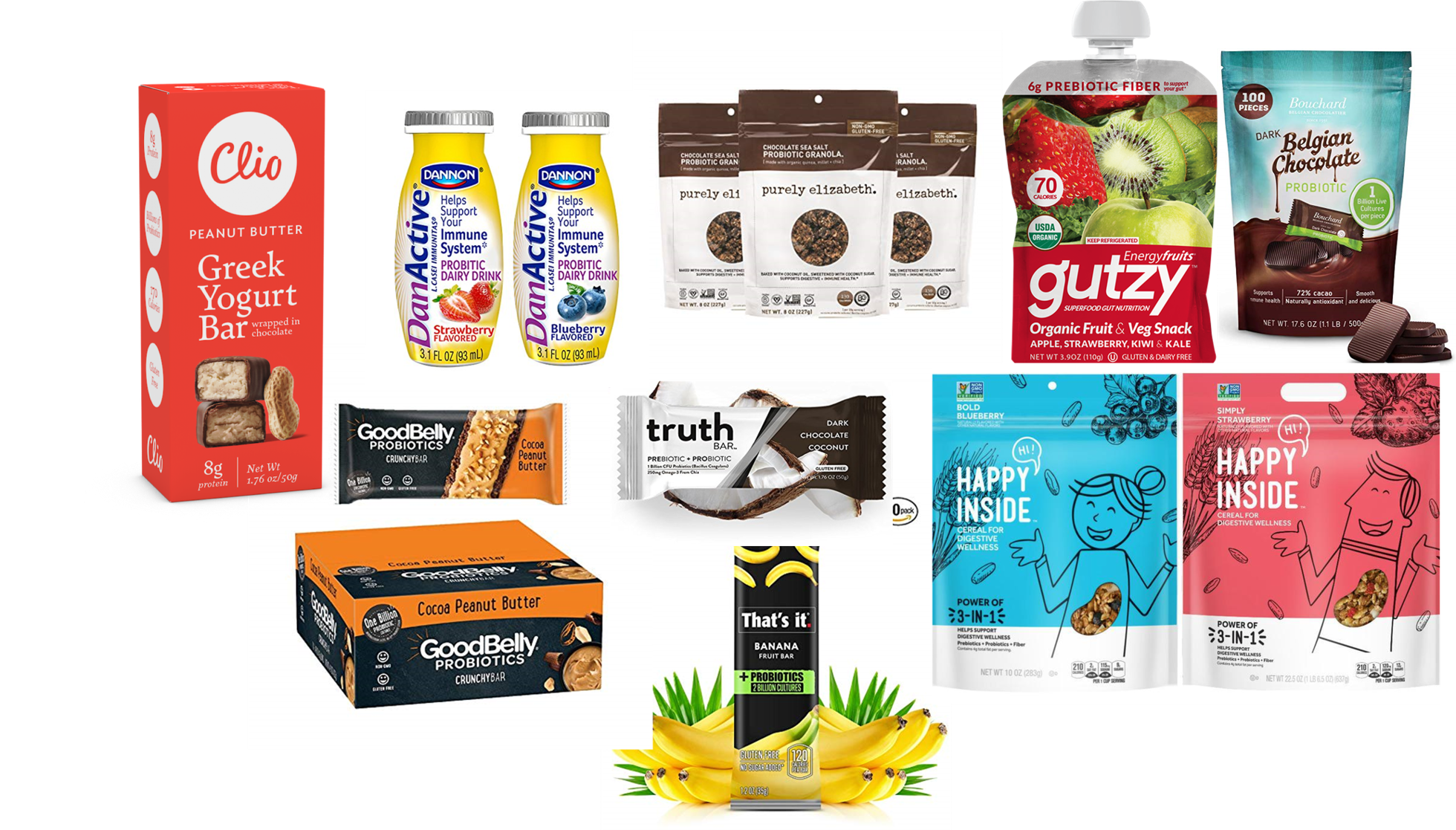 Many companies are investing in the area through their food tech and investment mechanisms, for example, General Mills’ investment in Farmhouse Culture, a brand consumers are searching for increasingly.
Many companies are investing in the area through their food tech and investment mechanisms, for example, General Mills’ investment in Farmhouse Culture, a brand consumers are searching for increasingly.
supplements are key in consumer searches on Gut Health and Leaky Guy, with ONNIT, RESTORE and PLEXUS rising in interest.
Intermittent Fasting (IF)
This is 2019’s new trend.
According to data accumulated by Keyword Search Tool, the search volume for Intermittent Fasting was 1.15 million searches in the past 12 month, an increase of +75% compared to last year.
Most searches related to the 16/8 method (16 hours of fast, an 8 hour eating window) and not the 5/2 method (5 days of regular eating and 2 non-consecutive days of eating up to 25% of regular consumption).
Keto
The Keto Diet trend, which we “caught” a while back in April, 2017, is the biggest thing to happen to low-carb since the Atkins diet, much more so than the Paleolithic diet. But, to compare to the Atkins diet, we can see how Keto, which seems like it’s here to stay, can disappaer as if it was never there, especially as it appeared as if “out of nowhere”.
 According to Keyword Search Tool, total search volume was 8.5 million, an increase of +71% in the last 12 month.
According to Keyword Search Tool, total search volume was 8.5 million, an increase of +71% in the last 12 month.
Related innovations:
Which Oil?
The conversation on oil as the basis for healthy cooking remains. Coconut oil, which experienced a long-term growth and high volume of search, is now secondary in interest to CBD (Cannabidiol) and Hemp oil, supported by the Stress-Free Trend leading to the search for relaxing ingredients, that are positioned to support your mental health as well as your physical health. aIt seems safe to say that, more than coconut and MCT, CBD oil is the next “big” thing in oil as ingredient.

“Real Food”
Apart from these trends, All Natural, REAL FOOD is still the number one factor. This trend is highlighted by all “trendy” diets including Paleo, Keto, Whole30 etc., but it is also a general recommendation that resonates with the consumers.
According to research by GlobalData, 69% of consumers see “Natural” as the number 1 “healthy” claim.
 Further, 68% consider “less ingredients” to indicate a product is healthier.
Further, 68% consider “less ingredients” to indicate a product is healthier.
All the major F&B companies have been tapping into this growth engine (or rather, market demand) for years; but over the last year, we saw some interesting M&As, including Pepsico’s acquisition of Health Warrior and Kraft-Heinz’s $200 mn acquisition of Primal Kitchen (following General Mills’ acquisition of Epic and Kellogg’s acquisition of RXBAR).
Some recent (and upcoming) launches, including Conagra’s Evol and Danone’s TwoGood, target the “mindful” consumer, balancing nutrition with indulgence – a trend which shifted consumers towards smaller, artisanal brands, that the big CPGs are now trying to win back.
What’s Next?
Food and beverage products are becoming a platform for personalized, nuanced ingredient delivery.
We expect Ayurveda to finally gain attention this year, as consumers will search for holistic but personalized solutions to their wellness conditions. This Indian approach to wellness is on the rise in European markets such as Germany and France, and it seems like a matter of time until we see Dosha-tailored products in the US.
In the meantime, hybrid concepts such as plant based keto are expected to surge along with the more permissive (nutrition wise) but restrictive (lifestyle wise) IF diet.

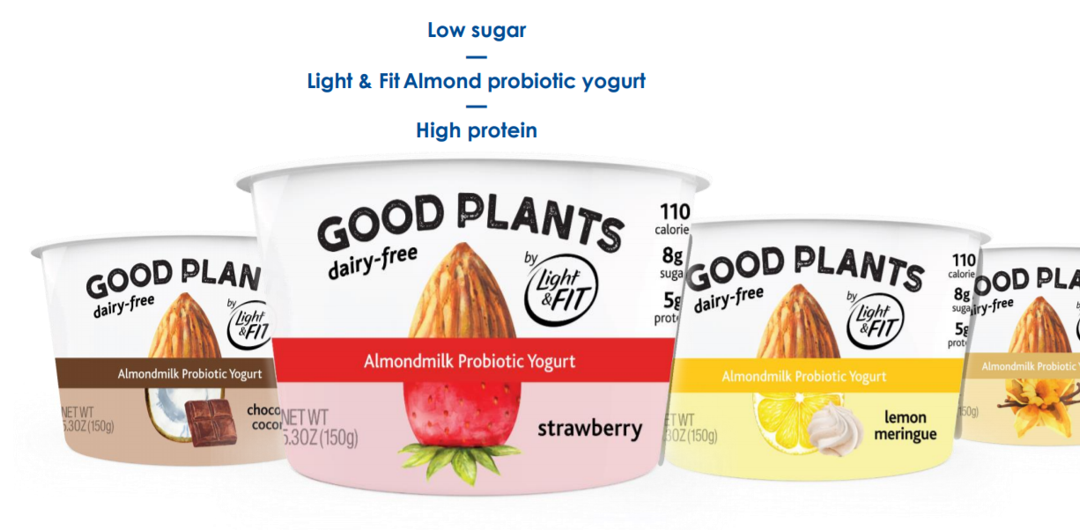
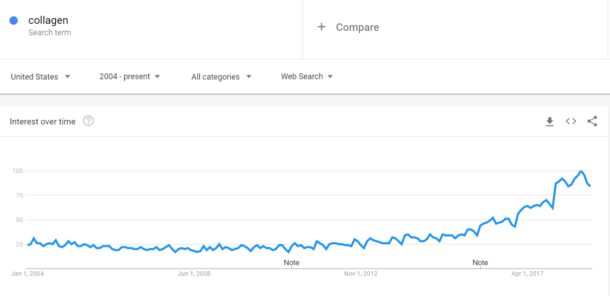
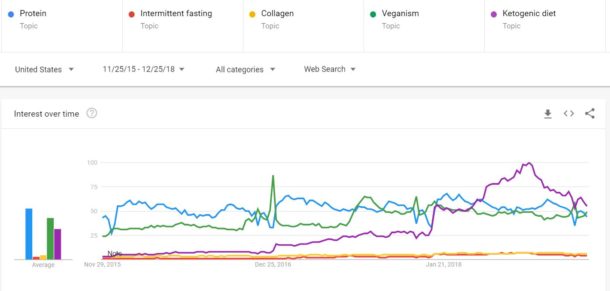
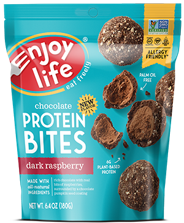
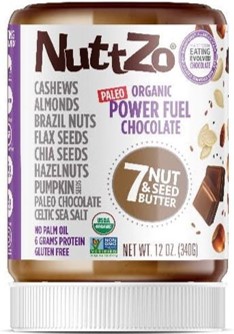
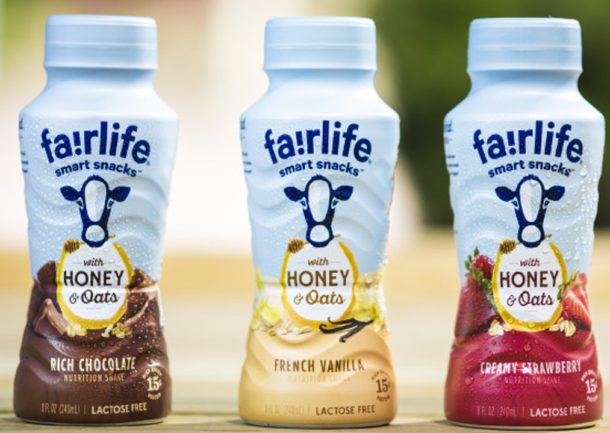
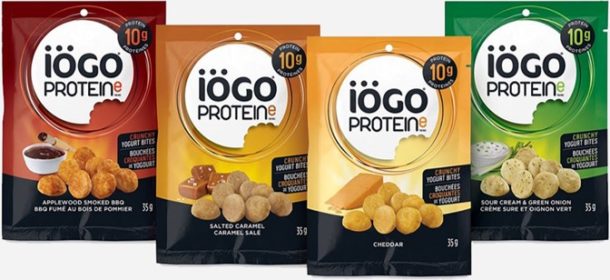
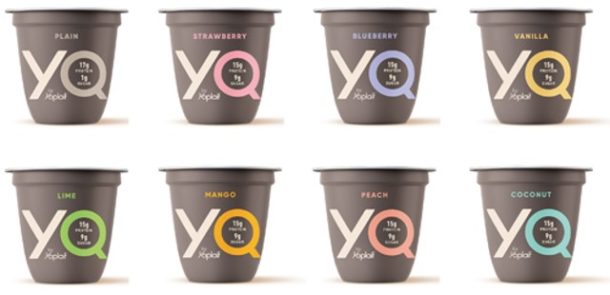
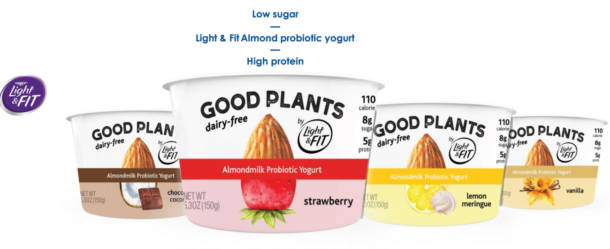
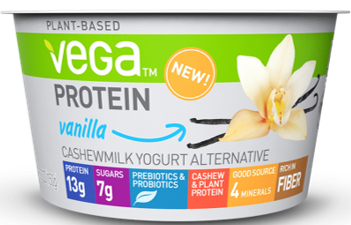
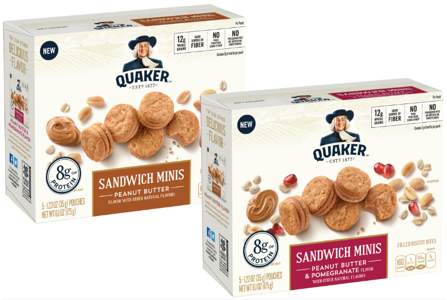
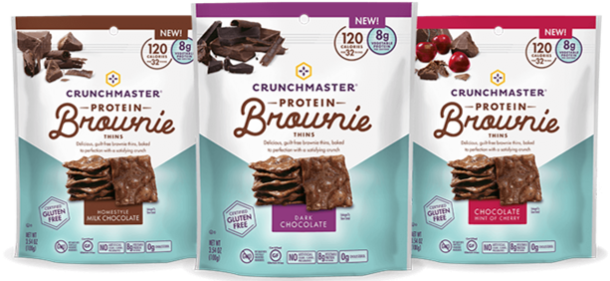
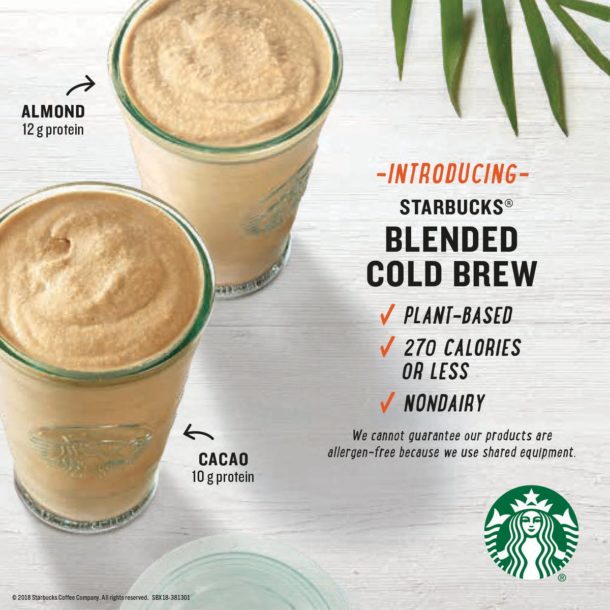

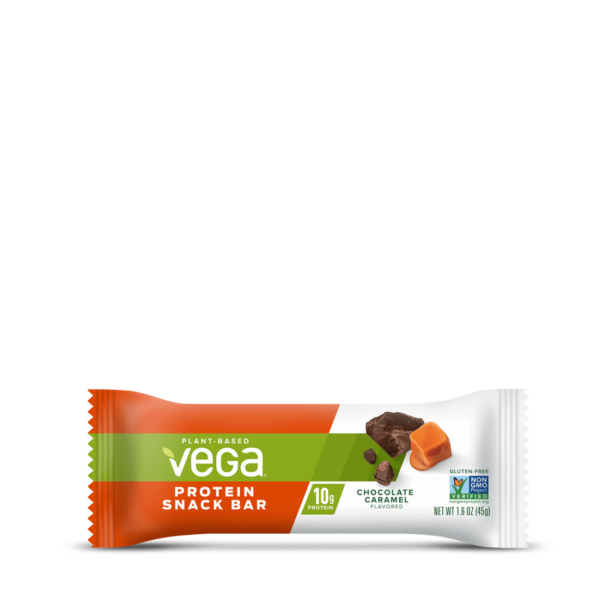
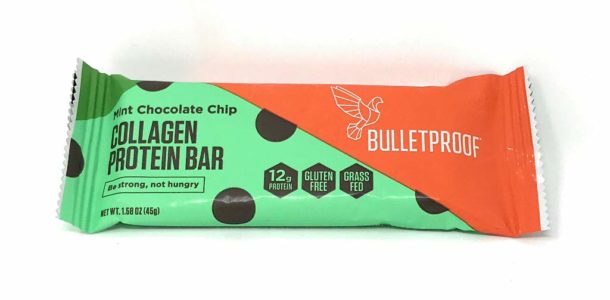
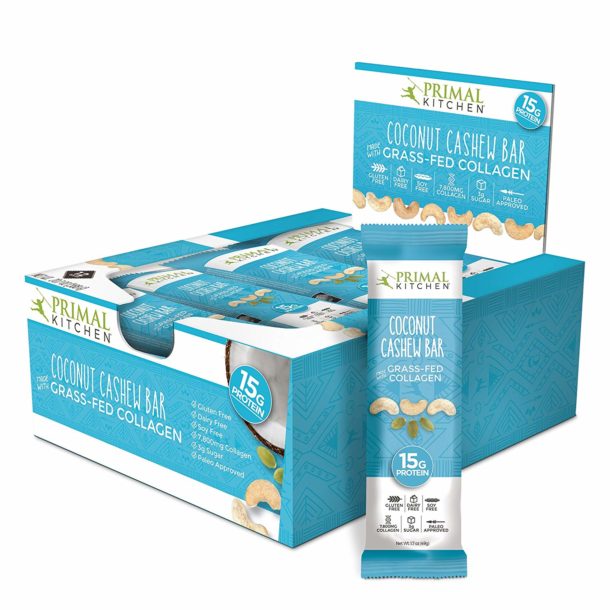
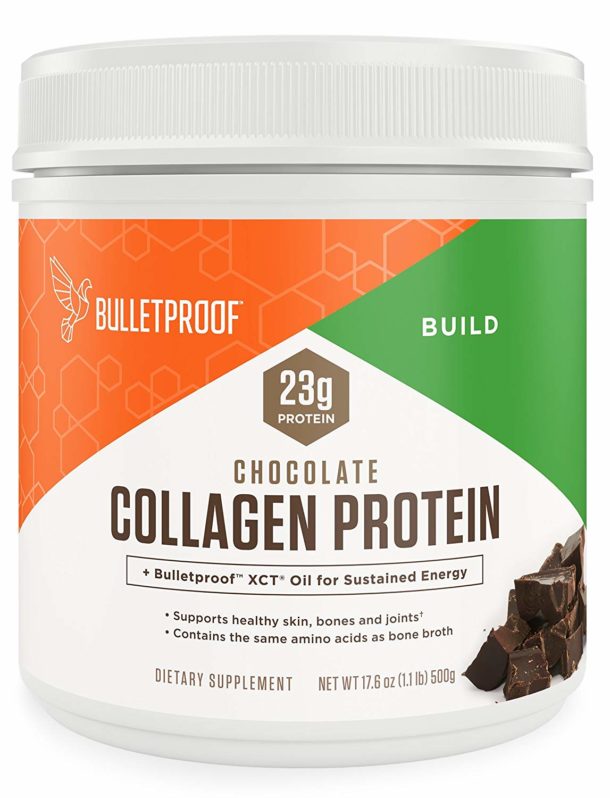
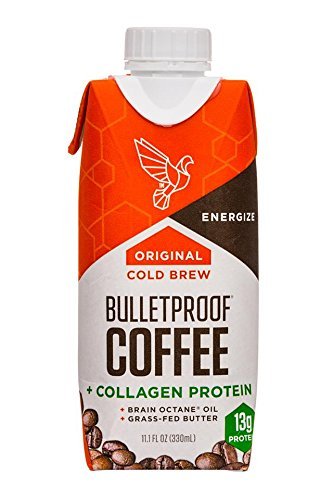
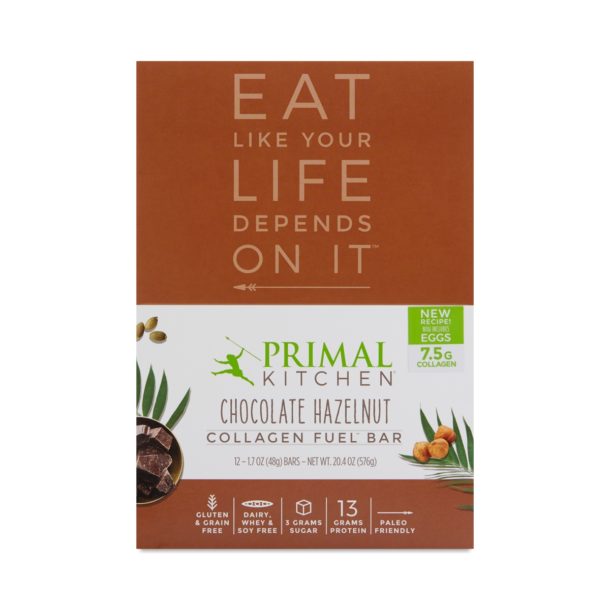
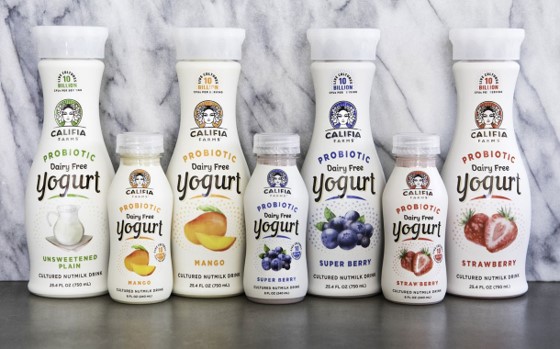


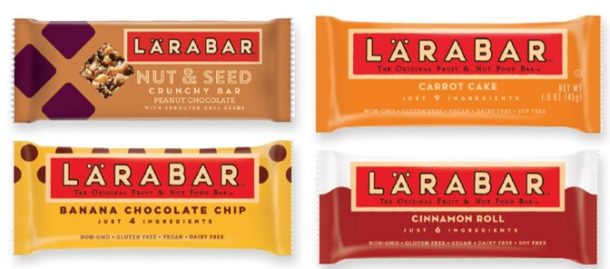

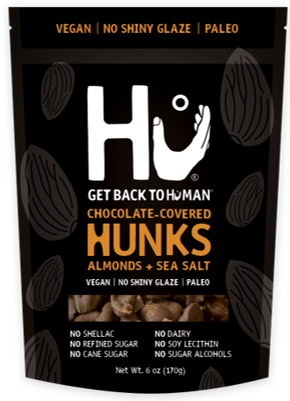
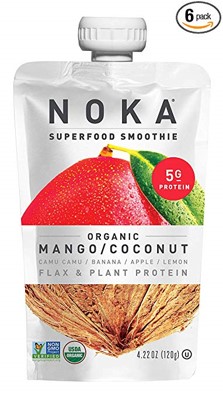
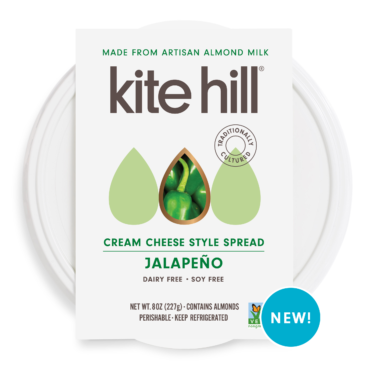
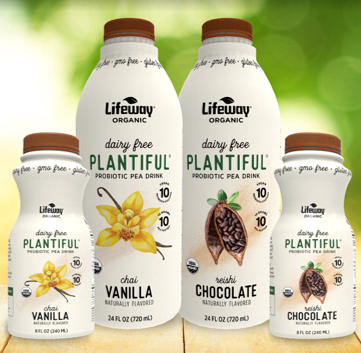
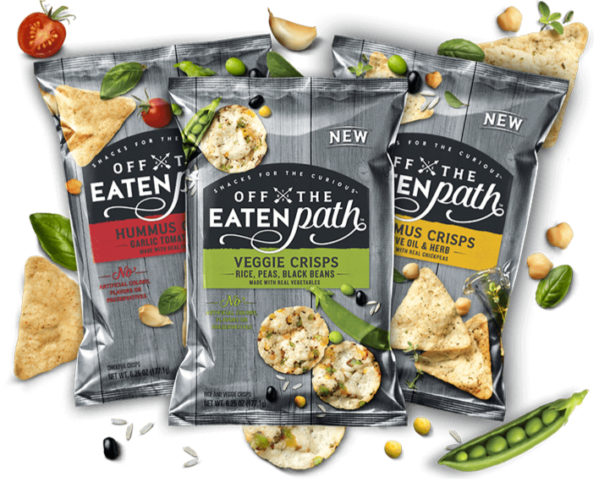
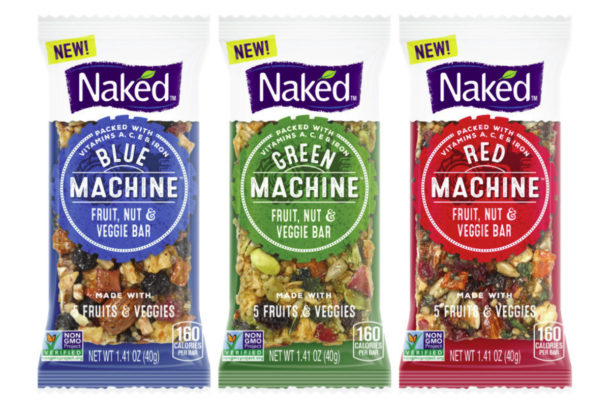

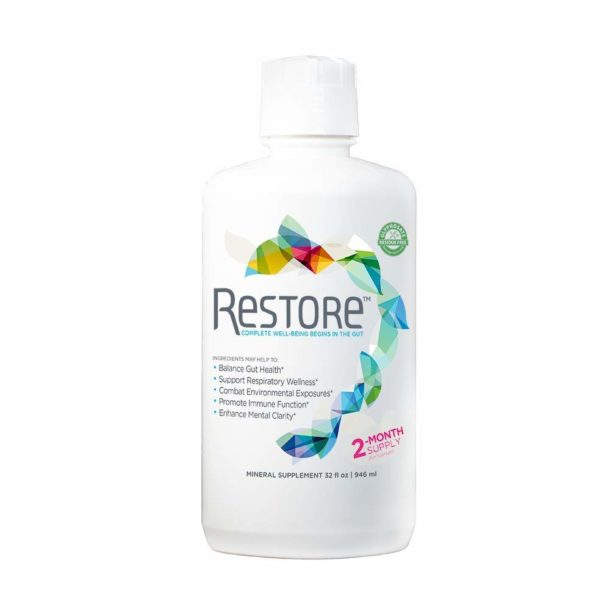
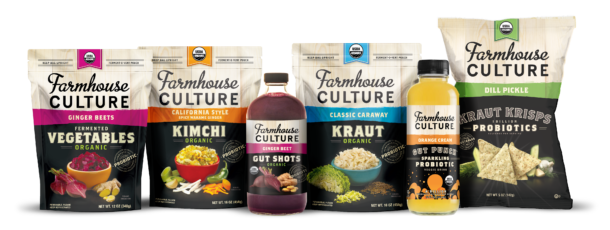
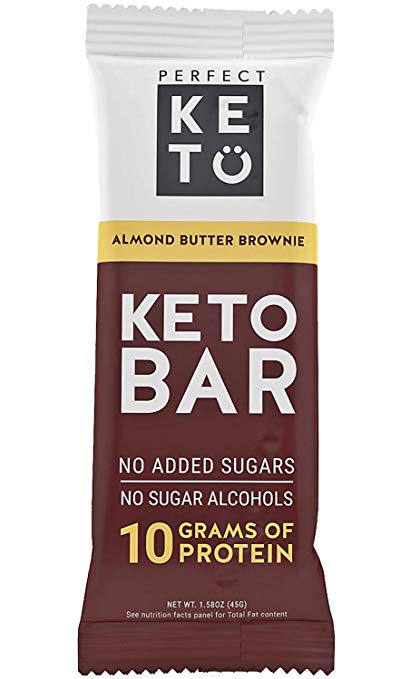

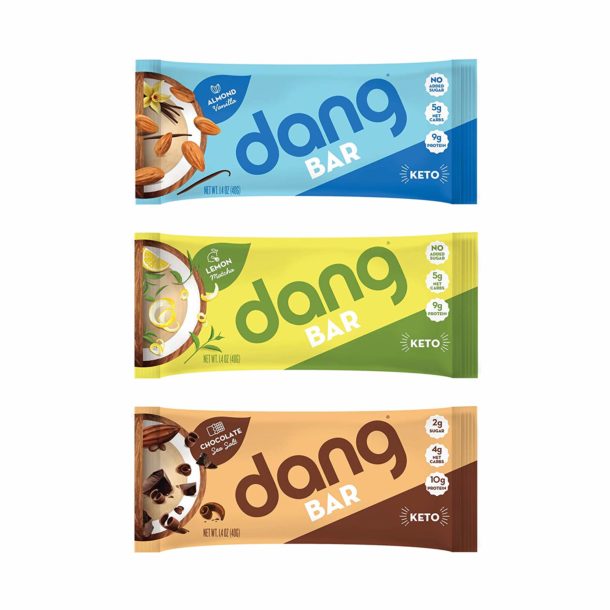
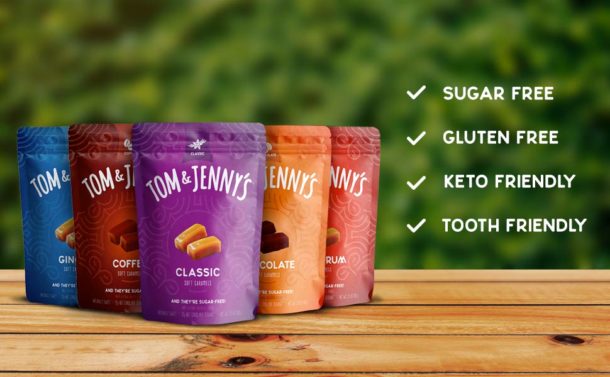
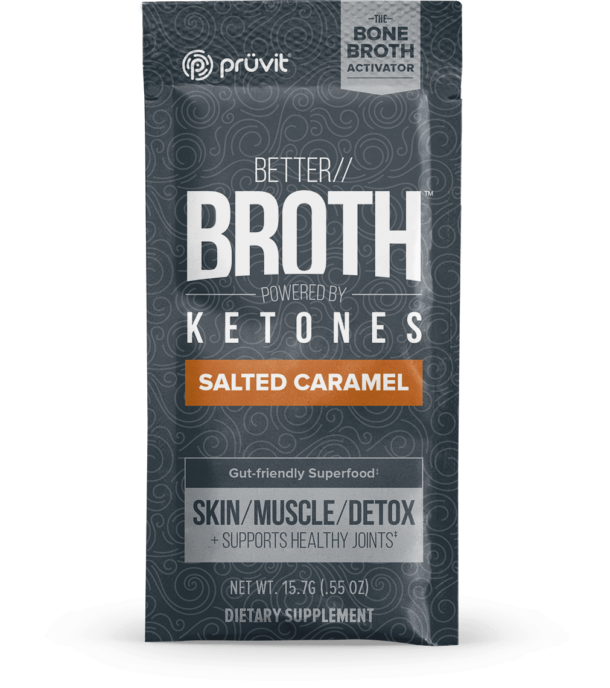
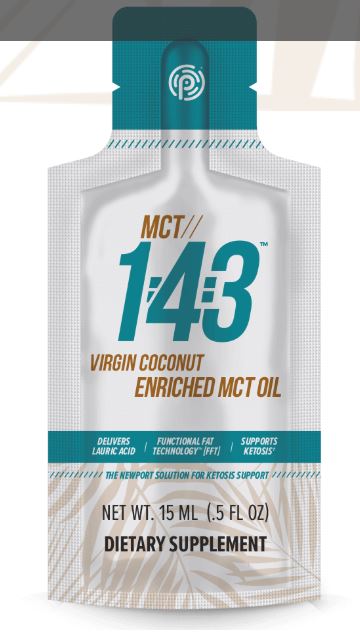

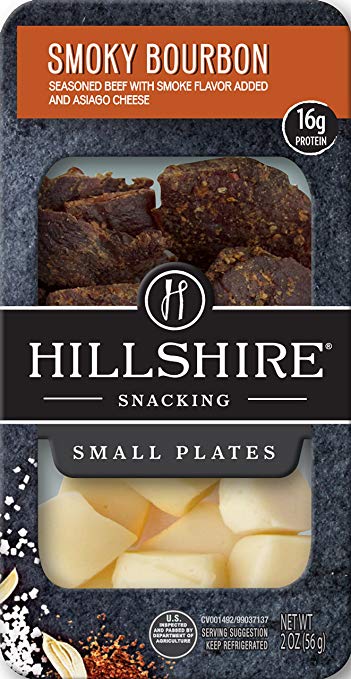
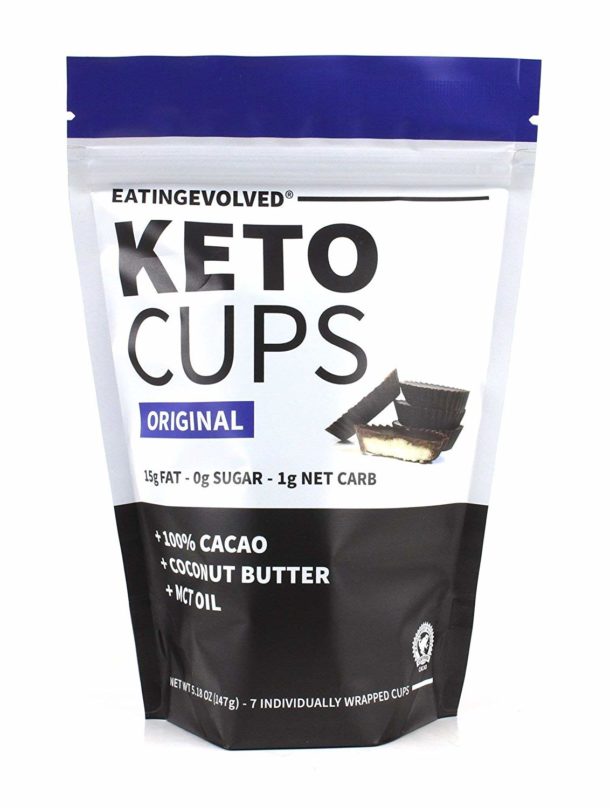
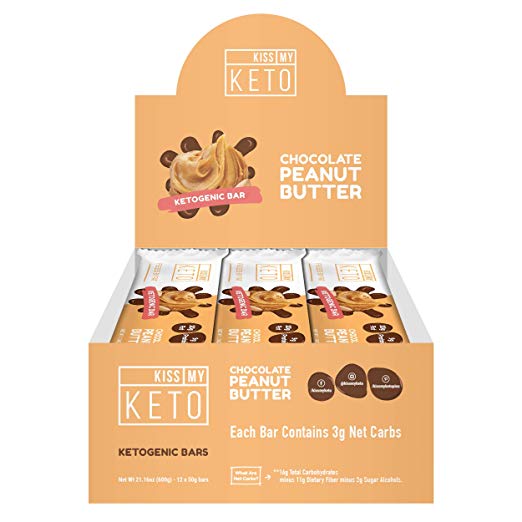
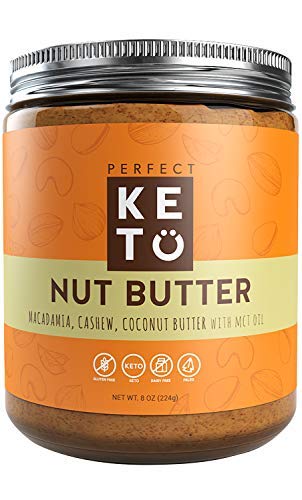
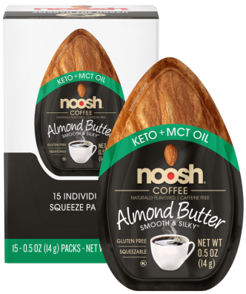
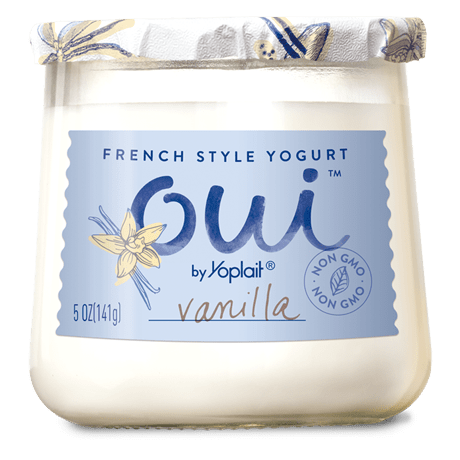
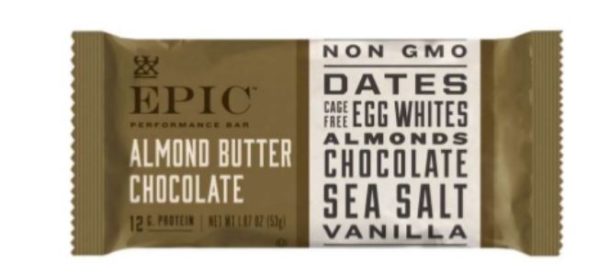
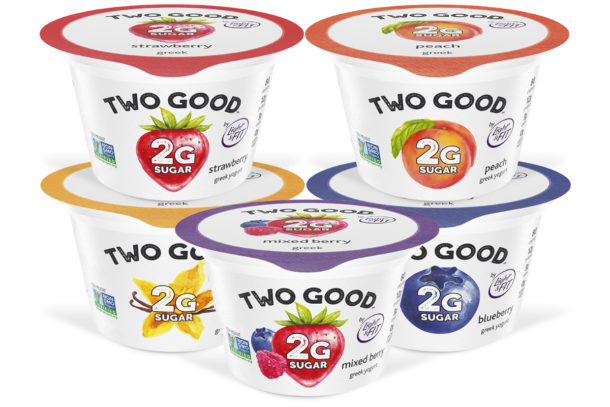
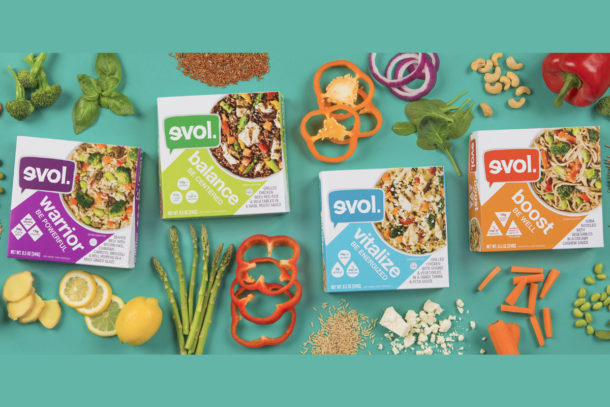
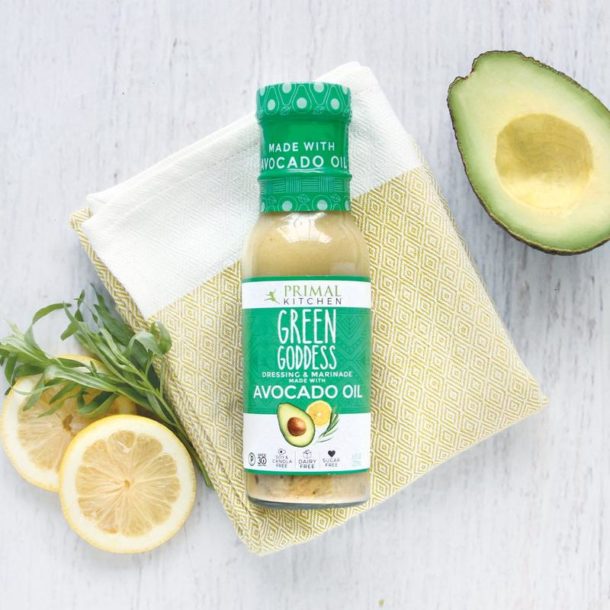
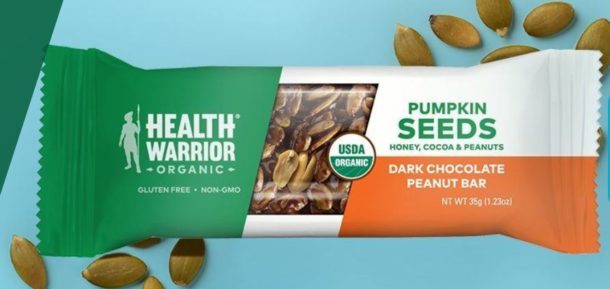

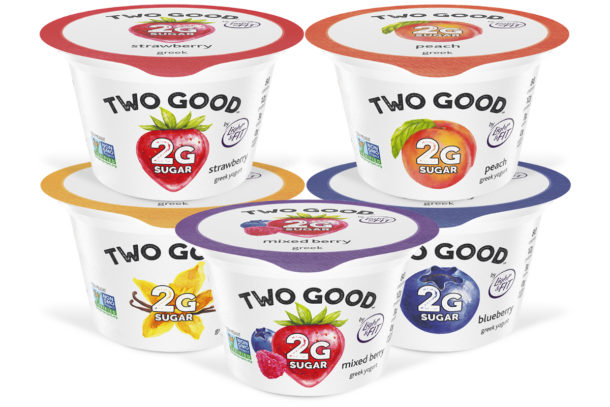
Trackbacks/Pingbacks